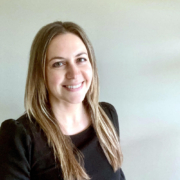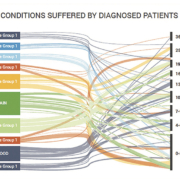Every single day is rare disease day
Every single day is rare disease day
By Kevin Flynn and Jaime Cohen
Every day is rare disease day if you live with one. NORD calculates that more than 30 million Americans (roughly the population of New York and Michigan) are affected by at least one of 7,000 rare diseases. If we are committed to changing the standard of care in rare diseases, we need to see action every single day, not just once a year.
Rethink diagnosis
One of the greatest unmet needs is reducing time to diagnosis. Rare diseases go un-diagnosed for a variety of reasons, including limited awareness/education from patients, families and physicians. Additionally, rare disease symptoms may not always be evident to healthcare providers who have never encountered the disease. It’s time for the pharmaceutical industry to reconsider how it looks at rare disease and for us to stop expecting healthcare providers to take an interest because we need them to. To achieve this, we must empower patients, embrace telehealth, and move genetic testing to an earlier part of the diagnosis and treatment journey.
Empower patients
Many new treatments are a mix of science and technology, making them more complex to understand. But here’s the good news: in the rare disease space, adult patients, as well as caregivers of children, have an impressive capacity to learn difficult concepts.
We have attended many patient and caregiver focus groups with our clients. We are always struck by the drive and commitment of patients and caregivers – they roll up their sleeves and dive deep into the research so they can be the best advocates for their care. They seek information and are eager to take charge of their health.
Unfortunately, many of these patients and caregivers develop these high-level skills as a result of the revolving door of specialists they encounter during their diagnostic journey. For them, this learning is not a luxury; it is a survival imperative. We need to give them the tools to accelerate their education more easily.
According to HealthyPeople.gov,1 adequate health literacy is a necessary foundation for self-advocacy. While few would argue health literacy isn’t important, most organizations have yet to implement programs supporting this type of education. HealthyPeople.gov is referring to healthcare systems, but there is no reason pharma can’t be part of this mission. It is time to promote health literacy now.
Embrace telehealth
While in-person clinical exams are still necessary, we can begin to make headway with telehealth. The pandemic shuttered many office doors, and thousands of patients and doctors looked towards virtual methods for managing health. As a result, both physicians and consumers today feel more confident in turning to these channels for consultations beyond the common cold.
As a virtual medium, telehealth can provide a more conversational consultation, so we can use this time to uncover patient truths through a more thorough patient and family history—true clues to uncovering a rare disease—that may be glanced over or skipped in lieu of physical examinations and tests. Additionally, many genetic tests require only a virtual discussion with a clinician to get a test order placed. Many specimen collection kits can be used by patients in their homes.
Telehealth also provides greater access to specialists since patients can see doctors outside of their geographical area through virtual tools. And it can offer faster access to a specialist capable of putting the pieces together. Lots of programs are designed to quickly move the patient from primary care to the specialist. The goal is often to give the PCP the tools to know when to refer, and then involve, the specialist. Telehealth can speed up this process. We, as an industry, should consider leveraging the benefits of telehealth to speed up diagnosis.
Move genetic testing earlier
Rare diseases are difficult to identify. Aside from these diagnoses being extremely uncommon, they also can share characteristics with more common conditions, or have heterogeneous presentations. However, for many rare diseases, all it takes is a simple genetic test to make a definitive diagnosis. In fact, 72 percent of rare diseases are genetic.
There are many reasons why genetic tests end up at the end of the diagnostic cascade. Common challenges vary widely but include everything from cost and access, lack of awareness or understanding by HCPs and patients, the belief that the result will not affect clinical decision making to discomfort with potentially ambiguous results. As a result, genetic testing becomes a last resort, only pursued when the healthcare professional is out of other options. It is paramount to reverse these antiquated habits and perceptions across the board, since any specialty can be presented with a patient with a rare disease.
Within the last decade, genetic testing has changed dramatically. There are a growing number of precision therapies for monogenic conditions that are changing the landscape and lives of those with rare diseases. The price has decreased. There are many industry partnerships and lab-sponsored opportunities that remove several key barriers and offer testing with large multi-gene panels (as opposed to only the gene or genes of interest). In addition, there are at-home genetic testing kits available on the market today that don’t require an office visit to administer.
It will take a large-scale, multi-stakeholder commitment to raise healthcare professional awareness of the profound impact an earlier genetic diagnosis can make to a patient and their family.
It takes much work (in the Unites States, state by state and in Europe, country by country), but this type of effort has been successful in getting rare diseases placed on newborn screening panels. According to Global Genes, for those who have adequate access to healthcare, it takes an average of 7.3 years for a person (with a rare disease) to get accurately diagnosed after seeing seven or more clinicians.2 Imagine if the second clinician was one who championed genetic testing as an early way to rule rare disease in or out. It’s time for change
Changing the standard of care requires changing the standard of diagnosis. If we are able to redefine industry practices and standards surrounding rare diseases and empower patients with knowledge, we can truly make a difference for the many patients living with rare diseases and their families/caregivers.
Notes
1 HealthyPeople.gov. https://www.healthypeople.gov/2020/topics-objectives/topic/social-determinants-health/interventions-resources/health-literacy. Accessed March 19, 2022.
2 https://globalgenes.happyfox.com/kb/article/272-diversity-of-odysseys/
Kevin Flynn is senior vice president, medical services, and Jaime Cohen is vice president, brand strategy, at PRECISIONeffect. Based in the US with offices in London, PRECISIONeffect is a healthcare advertising agency dedicated to working with companies seeking to change the standard of care.

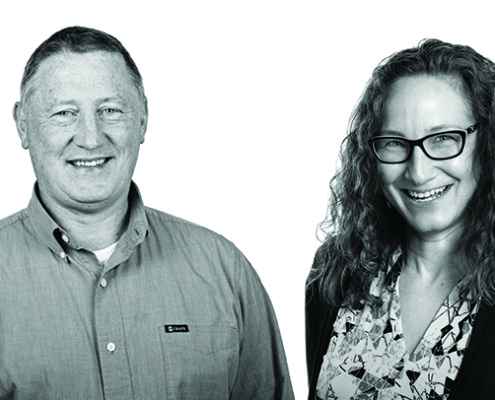
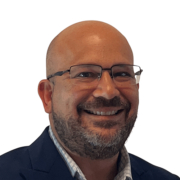
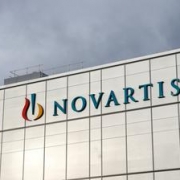


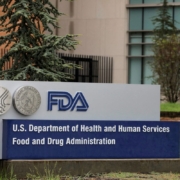 Reuters
Reuters
